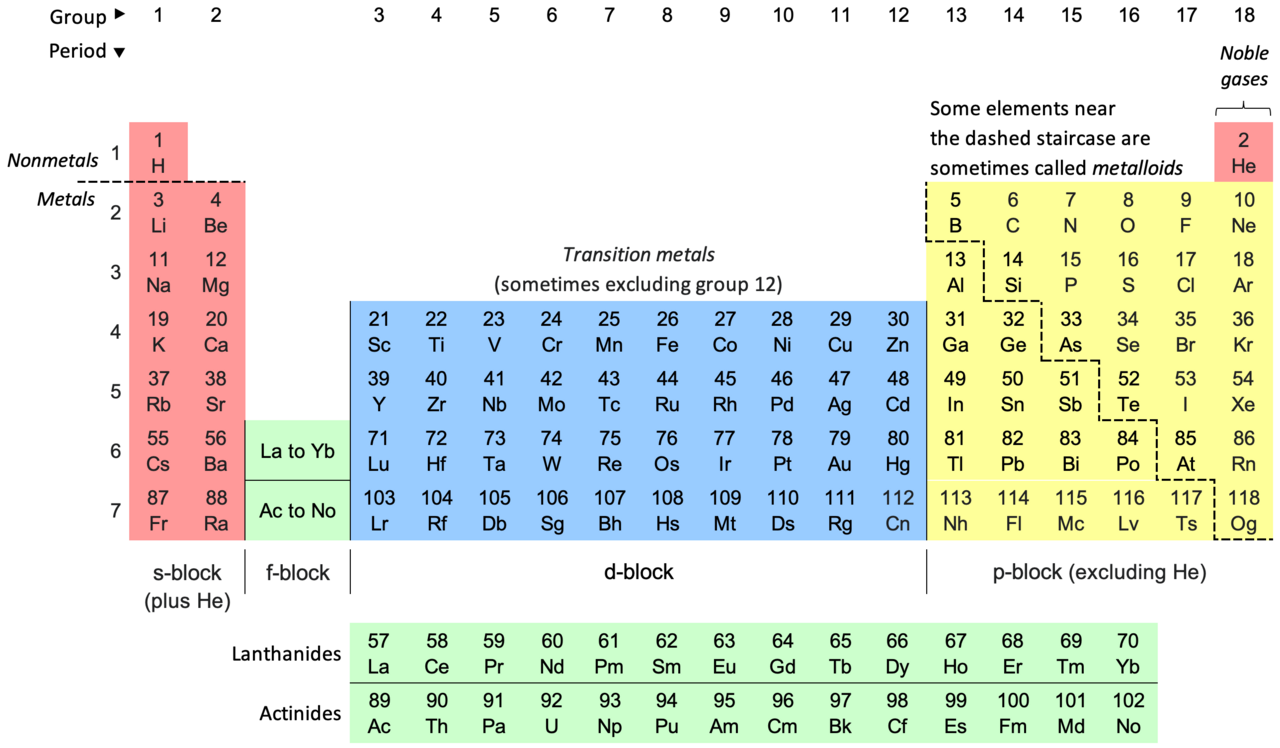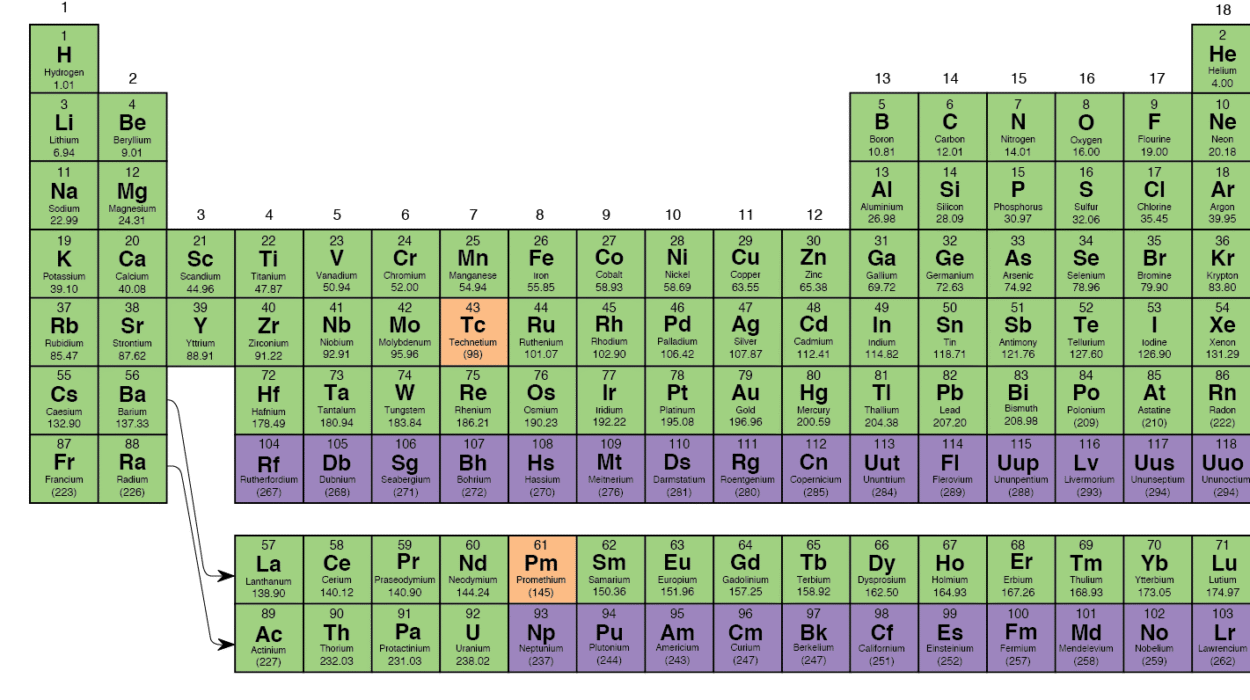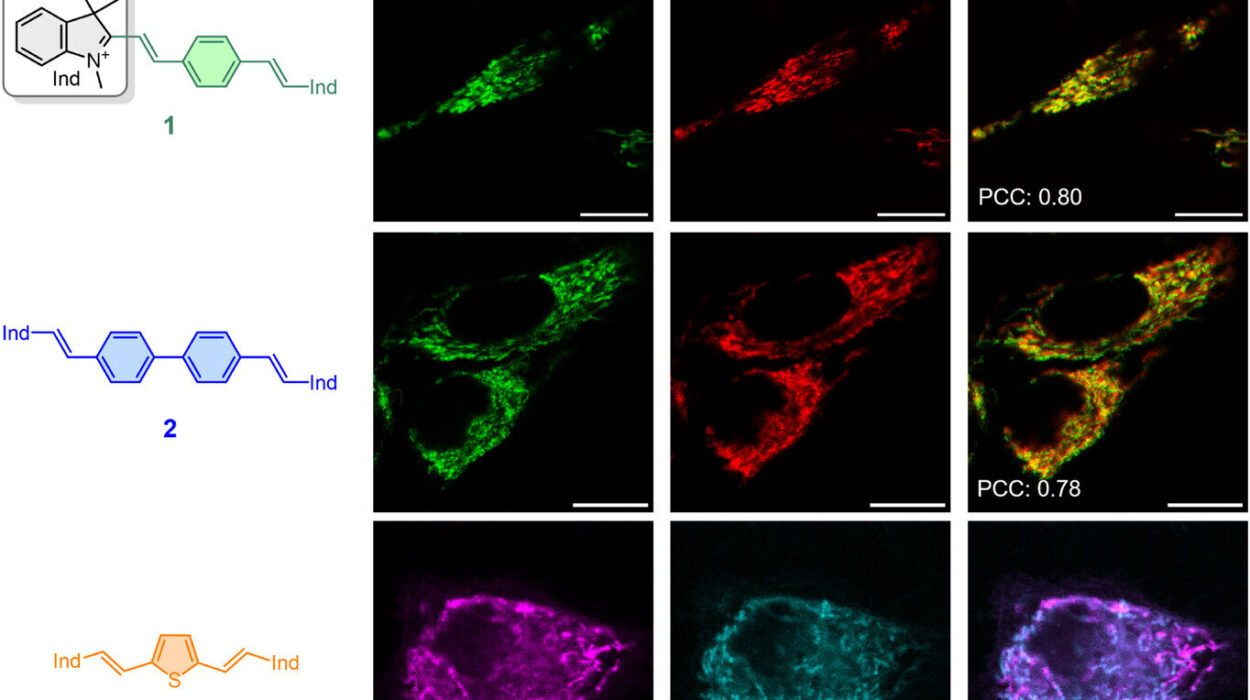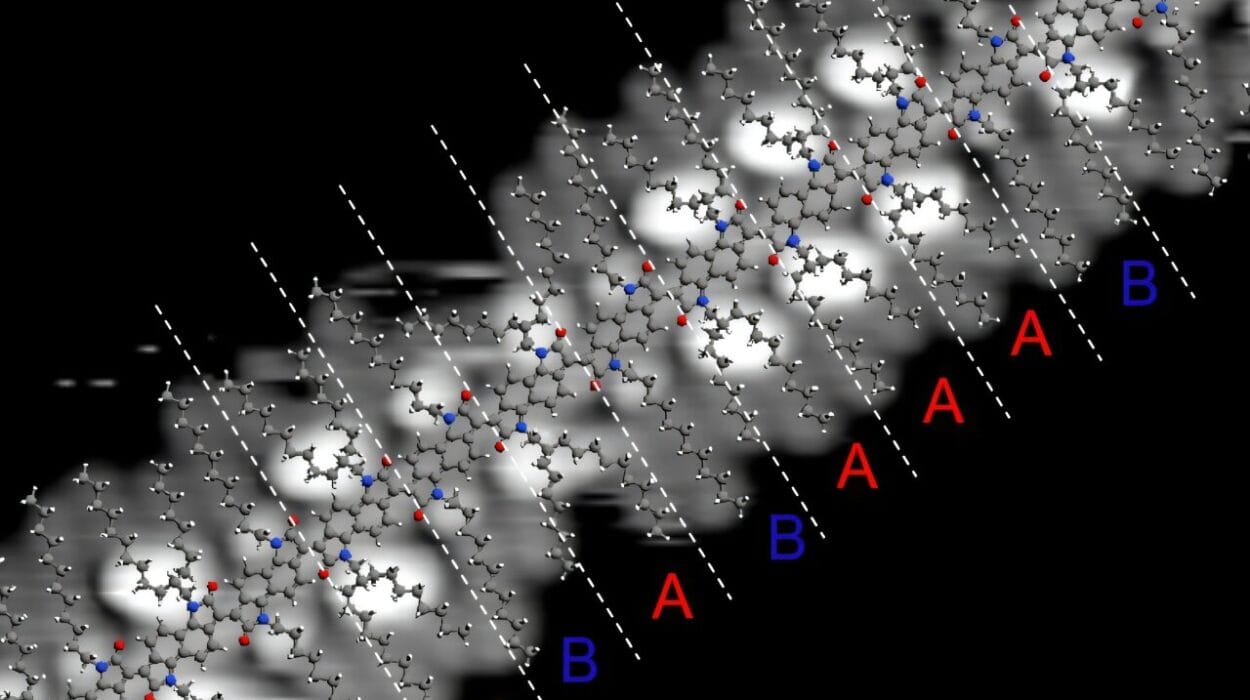Beneath the stable surface of the material world, deep within the heart of atoms, lies a storm of invisible energy. This energy, when released, can light up cities, power spacecraft, treat deadly diseases — or bring devastation. At the center of this energy phenomenon are radioactive elements: atoms that are not content to remain unchanged. Their nuclei decay, transform, and release powerful particles and waves in the process.
The science behind radioactive elements is not only a tale of physics and chemistry but also one of human discovery, curiosity, danger, and innovation. This article will take you through the depths of atomic structure, the mechanics of radioactivity, the different types of decay, the history of its discovery, the technological and medical applications, and the future of this incredible science. Let’s explore how the mysterious instability in certain atomic nuclei has reshaped our understanding of matter and power.
What Is Radioactivity?
To grasp radioactivity, one must first understand the atom — the fundamental unit of matter. Each atom is composed of three types of subatomic particles: protons, neutrons, and electrons. The protons and neutrons sit at the core in the nucleus, while electrons orbit around them.
Protons carry a positive charge, neutrons have no charge, and electrons are negatively charged. The balance between these particles gives the atom its identity and stability. However, in some atoms, especially those with large numbers of protons and neutrons, this balance becomes precarious. The forces holding the nucleus together begin to strain.
In such cases, the nucleus becomes unstable. And nature has a solution: transformation. These unstable atoms release excess energy in the form of radiation — a process called radioactive decay. As atoms decay, they turn into different elements or isotopes in their attempt to become stable. This spontaneous emission of energy is what we call radioactivity.
Not all atoms are radioactive. Most of the elements on Earth are stable — their nuclei are perfectly content. But some, either naturally occurring or human-made, undergo this strange metamorphosis constantly, shedding energy and mass.
Types of Radioactive Decay
Radioactive decay isn’t a one-size-fits-all process. There are several different types, each involving different transformations and particles. The main kinds of radioactive decay are alpha decay, beta decay, and gamma decay, along with rarer processes like positron emission and electron capture.
Alpha Decay
In alpha decay, the nucleus releases an alpha particle, which consists of 2 protons and 2 neutrons — essentially a helium nucleus. This process reduces the atomic number by 2 and the atomic mass by 4.
An example is uranium-238 decaying into thorium-234 by emitting an alpha particle. Alpha particles are heavy and don’t travel far — a sheet of paper or even human skin can block them. But if alpha-emitting materials are ingested or inhaled, they can be extremely dangerous.
Beta Decay
Beta decay comes in two forms: beta-minus and beta-plus. In beta-minus decay, a neutron in the nucleus transforms into a proton, and an electron (beta particle) is emitted. This increases the atomic number by one but leaves the mass roughly the same.
In beta-plus decay, a proton becomes a neutron, and a positron (a particle with the same mass as an electron but with a positive charge) is emitted.
Beta particles are faster and more penetrating than alpha particles, capable of moving through clothing and some materials — but they can be stopped by metal or plastic shielding.
Gamma Decay
Gamma decay involves no change in atomic number or mass. Instead, the nucleus sheds excess energy in the form of high-energy electromagnetic radiation known as gamma rays. These rays are incredibly penetrating — only thick lead or several centimeters of concrete can block them.
Gamma radiation often accompanies alpha or beta decay. It represents a kind of “aftershock” — the nucleus stabilizing itself further after shedding particles.
The Discovery of Radioactivity
The discovery of radioactivity is one of the most dramatic chapters in scientific history. It began not with the search for invisible energy, but with photography.
In 1896, French physicist Henri Becquerel was experimenting with phosphorescent materials — substances that glow after exposure to sunlight. He wrapped a photographic plate in black paper and placed uranium salt crystals on top, expecting that sunlight exposure would make the salt emit rays to fog the plate.
To his surprise, even when kept in a drawer, the photographic plate became fogged. This suggested that uranium was emitting invisible energy of its own — without sunlight. Becquerel had discovered radioactivity.
But it was Marie Curie, along with her husband Pierre Curie, who took the next great leap. She not only coined the term “radioactivity” but discovered two new radioactive elements — polonium and radium — by painstakingly refining tons of pitchblende ore. Marie Curie won two Nobel Prizes for her work, becoming a symbol of brilliance, sacrifice, and the pursuit of knowledge.
These discoveries opened the door to an entirely new understanding of matter: atoms were not indivisible, immutable spheres. They were dynamic, changeable, and filled with hidden energy.
Isotopes and Stability
Not all atoms of the same element are identical. Elements come in different isotopes — forms with the same number of protons but different numbers of neutrons. While some isotopes are stable, others are radioactive.
Take carbon, for example. Carbon-12 and carbon-13 are stable, but carbon-14 is radioactive. It decays over time, turning into nitrogen-14 by beta decay. This property makes carbon-14 incredibly useful for radiocarbon dating, a technique used to determine the age of ancient organic materials.
Each radioactive isotope has a specific half-life — the time it takes for half of a sample to decay. This can range from fractions of a second (like for francium-223) to billions of years (like uranium-238). Half-life is key to understanding how radiation affects matter, how long a substance remains hazardous, and how isotopes can be used in dating or medical treatments.
Natural vs. Artificial Radioactivity
Some elements are naturally radioactive — they have existed since the birth of the Earth or are continually produced in cosmic processes. Uranium, thorium, radon, and potassium-40 are examples.
Other radioactive elements are artificial, created in nuclear reactors or particle accelerators. These include isotopes like technetium-99m, used in medical imaging, and americium-241, found in smoke detectors.
Artificial radioisotopes are often tailored to specific applications — they can be made with particular half-lives, energy levels, or chemical behaviors. This has made them indispensable in science, industry, and medicine.
Radiation and Its Measurement
Radioactivity isn’t something we can see or feel directly, but it can be measured with remarkable precision. The primary unit of radioactivity is the becquerel (Bq), which measures one decay per second. For exposure and dose, we use the sievert (Sv), which accounts for the energy and biological impact of radiation.
In practice, scientists and technicians use Geiger-Müller counters, scintillation detectors, and dosimeters to detect and measure radiation. These devices make the invisible visible, often through audible clicks or digital readings.
Radiation isn’t inherently dangerous — we are constantly surrounded by background radiation from the Earth, the sun, and even our own bodies. The danger comes from dose and duration. High or prolonged exposure to ionizing radiation can damage cells, DNA, and organs — potentially leading to illness or death.
Nuclear Fission and Energy
One of the most dramatic outcomes of radioactive science was the discovery of nuclear fission — the process by which a heavy atomic nucleus splits into smaller parts, releasing a massive amount of energy.
In 1938, German chemists Otto Hahn and Fritz Strassmann discovered that bombarding uranium with neutrons caused it to split. This was soon understood by physicists Lise Meitner and Otto Frisch, who explained the process and named it “fission.”
Fission is the principle behind nuclear reactors and atomic bombs. In reactors, a controlled chain reaction generates heat, which is used to produce electricity. In bombs, the reaction is uncontrolled, releasing enormous destructive power.
Nuclear energy has been both a promise and a peril — offering carbon-free electricity but also carrying the risks of meltdown, radiation leaks, and proliferation.
Medical Applications of Radioactive Elements
Radioactive elements have revolutionized medicine in ways once unimaginable. In nuclear medicine, radioactive isotopes are used to diagnose and treat various conditions.
For diagnosis, technetium-99m is widely used in imaging organs. It emits gamma rays that can be detected by special cameras, providing detailed scans of the brain, heart, or bones.
In treatment, radiation is used to kill cancer cells. Cobalt-60 and cesium-137 emit gamma rays used in radiotherapy. Radioactive iodine (I-131) is used to treat thyroid disorders.
These applications require careful control to ensure safety, but their benefits have been profound. They offer early detection, precision treatment, and have saved countless lives.
Environmental and Biological Impact
Radioactive materials, while useful, pose significant challenges when released into the environment. Accidents like Chernobyl in 1986 and Fukushima in 2011 released radioactive elements into the air, water, and soil, creating long-lasting contamination zones.
Elements like strontium-90 and cesium-137 mimic calcium and potassium in the body, respectively, allowing them to be absorbed into bones and muscles — with potentially devastating consequences.
Long-term exposure can increase cancer risks, cause genetic mutations, and harm ecosystems. Proper handling, containment, and disposal of radioactive materials are essential to minimize harm.
The Future of Radioactive Science
Despite its dangers, the future of radioactive science is filled with potential. New reactor designs, like small modular reactors (SMRs) and thorium reactors, aim to reduce waste and risk.
In space exploration, radioisotope thermoelectric generators (RTGs) power probes like Voyager and Curiosity, operating far from the sun. These use the steady heat from radioactive decay to generate electricity.
Researchers are also investigating targeted alpha therapy (TAT) — using short-range, high-energy alpha particles to kill cancer cells with minimal damage to surrounding tissue.
There’s growing interest in using radiopharmaceuticals to target tumors at the molecular level, revolutionizing oncology.
And in the realm of fundamental science, radioactive decay remains a window into the birth of the universe, the behavior of subatomic particles, and the boundaries of known physics.
Conclusion: A Force of Nature, A Tool of Civilization
Radioactive elements are among the most powerful and paradoxical phenomena in nature. They are both destroyers and healers, invisible yet immense in their effect. From the heart of distant stars to the instruments in a cancer clinic, they weave through our lives in ways both subtle and dramatic.
The science behind radioactivity is far from complete. With every passing year, we learn more about these unstable nuclei — how to harness their power, mitigate their danger, and uncover their secrets.
In studying radioactive elements, we are not just exploring the heart of the atom. We are peering into the engines of stars, the chemistry of life, and the future of human ingenuity. Their story is the story of matter itself — changing, evolving, and transforming — a reminder that even the smallest parts of the universe hold within them the potential for wonder.






